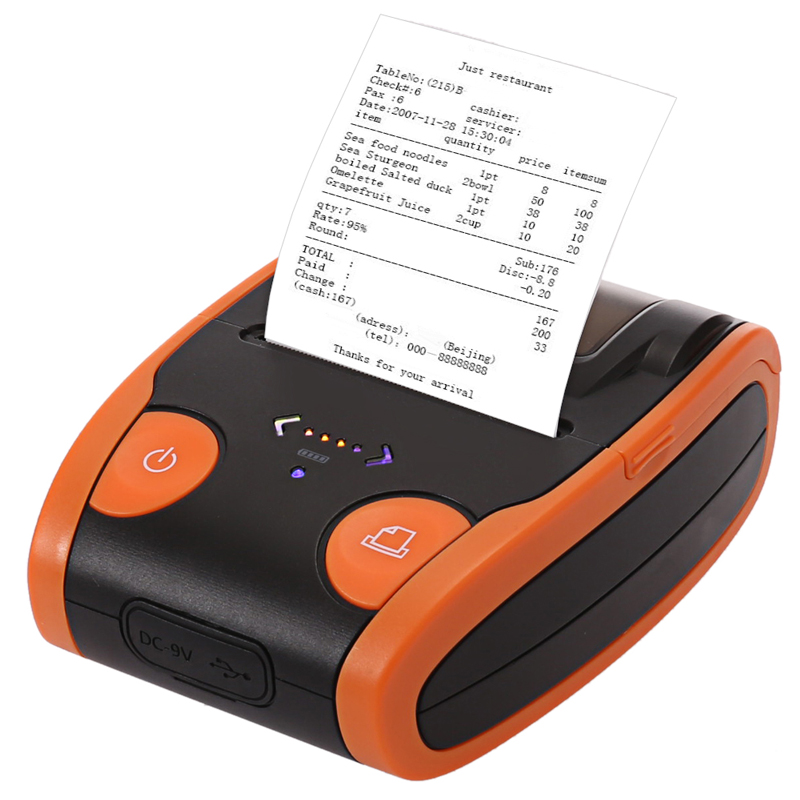What this paper proposes is an open, exploratory topic. Mainly from the perspective of IPv6 protocol technology, consider the architectural features of the constructed IPv6 network under this kind of protocol system.
As we all know, in the actual operation of IPv4 networks, it is found that Pv4 is inherently insufficient. These problems include limited IP address capacity, IP address masquerading due to passive address authentication, poor mobility due to triangular routing, poor security, complex configuration, bloated routing tables, and lack of end-to-end business models.
The IETF fully considers these issues in the process of developing the IPv6 standard and addresses these issues in the protocol specification.
The address capacity has expanded. The address code is encoded by 32 bits and expanded to 128 bit code, which increases the address space by 4.3 billion times.
The extension supports multicast and anycast addresses, which allows packets to be sent to any one or a group of nodes.
Plug and Play stateless address protocol. The large-capacity address space can truly realize the automatic configuration of stateless addresses, enabling IPv6 terminals to quickly connect to the network without manual configuration, realizing true plug-and-play.
Introduce a stream tag. That is to say, in the IPv6 protocol header, a 20-bit flow label is added, so that the network layer based on the IPv6 technology has the ability to distinguish end-to-end stream marking, thereby making the flow management fine-grained with a theoretical basis.
IPv4 technology has always adopted the best-effort transmission capability, and with the stream tag, it can implement differential services.
The header format is greatly simplified. Therefore, the processing overhead of the router or the switch to the header is effectively reduced, which is very advantageous for designing a router or switch for processing the hardware header, so that the network speed of the IPv6 network can be greatly improved in theory.
IPv6 packet fragmentation is only performed between end-to-end hosts. Routers are no longer involved in fragmentation and reassembly, so the demand for router buffers will be greatly reduced, which in theory will have a qualitative change in network speed.
IPv6 adds enhanced multicast capabilities. And it replaces the broadcast in the local area network, and it can support the broadcast type traffic service very effectively through the multicast capability in the whole network, which makes the service discovery mechanism similar in the wide area network.
In fact, IPv6 is not a simple upgrade of IPv4, or rather, IPv6 is not a compatible upgrade of IPv4 technology, but an alternative to IPv4. Therefore, it is necessary to re-understand the network system based on IPv6 technology.
From the perspective of hardware architecture, the IPv6 network is a hierarchical routing system, from the access router to the aggregation router, and even to the core router, the network routing hierarchy is aggregated. The closer to the core, the stronger the routing table aggregation. The hierarchical network architecture can form route aggregation, greatly improve the routing table, and the routing and forwarding efficiency will be improved, and the hardware investment will be more effective. This is advantageous for existing operators who maintain the infrastructure, and they can upgrade or update the hardware under the existing hierarchy. However, during the transition process, interesting control is required, and the NAT routing device continues to build.
From the perspective of business logic, the IPv6 network system is flat. IPv6 provides ample IPv6 addresses. Users should no longer be hidden under the private network for missing IP addresses and share IP addresses with other users. In the IPv4 network environment, due to the existence of NAT, the communication of the IP network can only guarantee the end-to-end reachability of the communication. In an IPv6 network environment, each user may have an IPv6 address, thereby achieving "service reachability", no longer end-to-end C/S communication via NAT routing, but end-to-end peer-to-peer communication. Therefore, the network architecture based on peer-to-peer reliable services under the IPv6 protocol is theoretically based. However, real peer-to-peer communication between nodes in the network is impossible in the case of information asymmetry. Therefore, we believe that the network is “flat†and therefore requires more “authorityâ€. This will have an impact on the existing Internet architecture.
In the face of the flattening of the future network architecture, the existing transition technology needs to fully consider the hardware reusability of network construction in the whole process of construction, rather than rapid deployment. Rapid deployment should address the accessibility of users to access IPv6 resources, and fully enable users to experience the convenience of services under the flat architecture of IPv6 networks. However, the choice of transition technology needs to be cautious, which is a problem that access providers need to seriously consider. On the other hand, the flattened architecture of IPv6 networks places demands on building a new IPv6-based service system. How to fully exploit the technical elements of the IPv6 protocol and build an IPv6 application service system is a subject worthy of study. CNNIC's 6Pilot platform is actively researching application systems that adapt to the IPv6 flat architecture, constructing platforms and services for rapid access to IPv6 resources, and exploring new applications.
Thermal printers are more smaller, lighter and consume less power, making them handheld Thermal Printer. Thermal printers are perfect mobile printer. Commercial applications of thermal printers include express, manufacturing, finance, ticketing, enforcement, warehouse, retail, parking and etc. Below is our advantages:
1. Mobile Bluetooth Printer, handy and stylish
2. USB/Bluetooth/RS232 various interface
3. Support label printing and receipt printing
4. Support Android/IOS/Win/Win CE/Symbian systems
5. High speed printing and high compatibility

Thermal Printer
Thermal Label Printer,Thermal Receipt Printer,Thermal Transfer Printer,Bluetooth Thermal Printer
Shenzhen Qunsuo Technology Co., Ltd , https://www.qsprinter.com